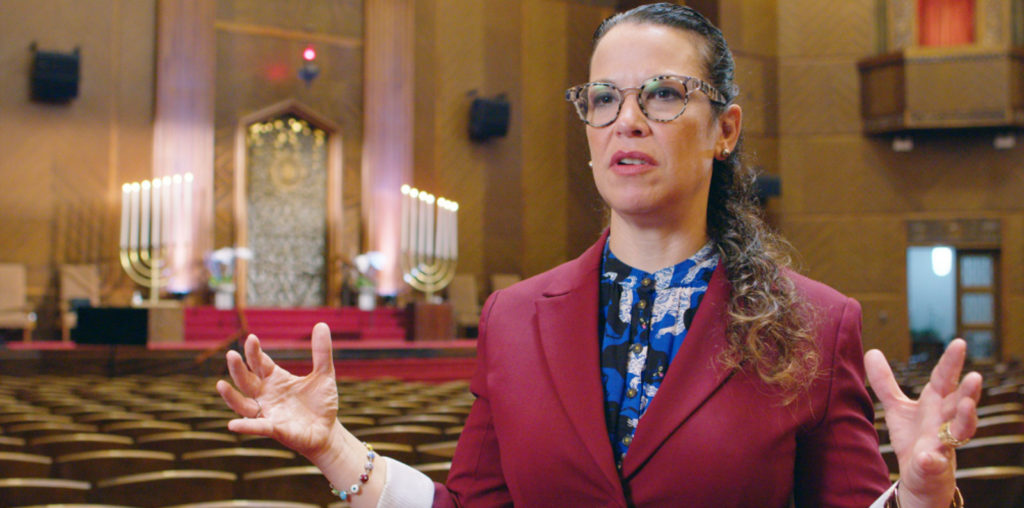
I’m glad Criterion does its part to keep classic movies in the public eye. I hope that, despite advances in technology that let filmmakers realize just about anything they want inside a computer, people will continue to appreciate that filmmakers like Charlie Chaplin were every bit the equal of the current generation.
Take, for example, “The Gold Rush,” whose in-depth bonus features on this Blu-ray take us inside the meticulous care Chaplin put into his films. We learn how he and the crew headed north to Truckee to film in the snow as the director sought to recreate a gold rush photo he had seen at Douglas Fairbanks’ house. We hear speculation regarding how he likely tilted a cabin set to mimic its teetering on the edge of a cliff (in contrast with today, very little of yesteryear’s effects work was documented). We even get a nice examination of Chaplin’s musical skills courtesy of composer Timothy Brock, who painstakingly recreated the silent version’s score.
Unfortunately, Chaplin may have been too much like later filmmakers, such as Stanley Kubrick, in his desire to toss his older work. He regarded his 1942 sound re-release of “The Gold Rush” as the definitive version, so he tossed his copies of the 1925 silent. As a result, the silent version on this disc was carefully reconstructed from copies of the film that were found in collections around the world.
I should also note here that the concept of a “Special Edition” of a movie is a very old one, as evidenced here. Chaplin may not have called it such, but he did more than simply add audio narration of the story: he trimmed some scenes, changed the content of a note given to the Tramp, and chopped off his original ending. The end result is a film that’s not quite as happy-go-lucky as the 1925 version; perhaps that shows the contrast in the national mood between the Roaring 20s and World War II.
Both versions of the movie are found on this disc, with a scholarly commentary track by Chaplin biographer Jeffrey Vance on the 1925 silent film. While the commentary repeats some of the information found in the other bonus features, it contains plenty of useful insights, which is typical of the “film class in a box” approach Criterion takes to its releases.
The other bonus features are: “Presenting ‘The Gold Rush,'” which discusses the efforts to reconstruct the 1925 silent version; “Visual Effects in ‘The Gold Rush,'” in which visual effects pro Craig Barron explains the methods used to shoot certain sequences; “Chaplin Today: ‘The Gold Rush,'” a 2002 documentary featuring director Idrissa Oudraogo talking about Chaplin’s impact on him; and “Music by Charles Chaplin,” in which composer Timothy Brock notes that “the world lost a great musician when Charlie Chaplin became a director” as he talks about the man’s scores and how he recreated the score for “The Gold Rush.”
Rounding out this release are four trailers and a booklet with two articles: an essay by critic Luc Sante and James Agee’s 1942 “Time” magazine review of the 1942 re-release.
